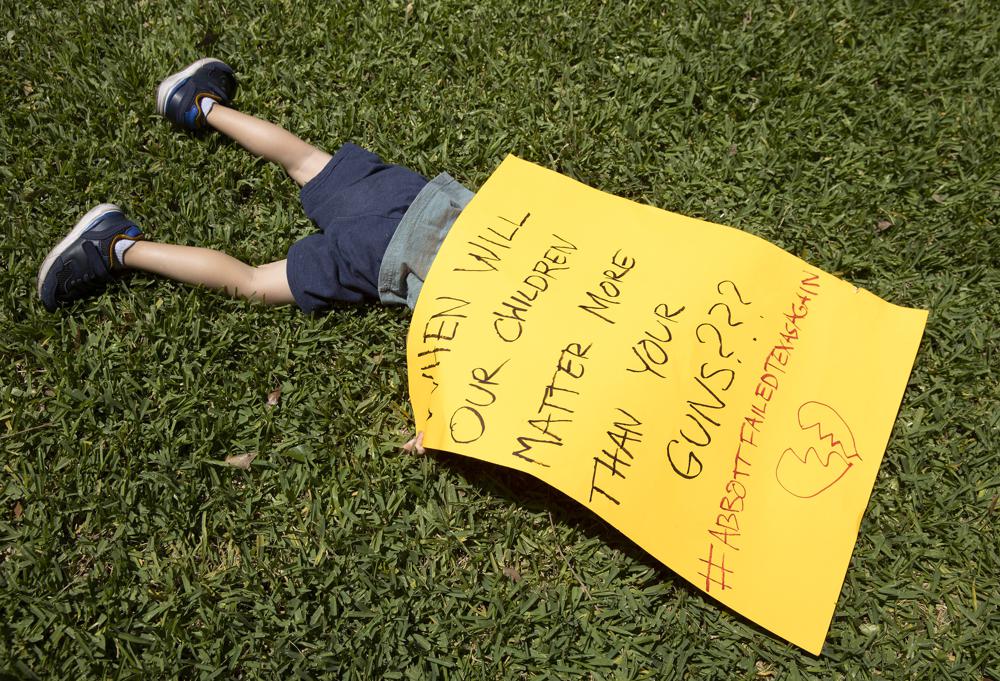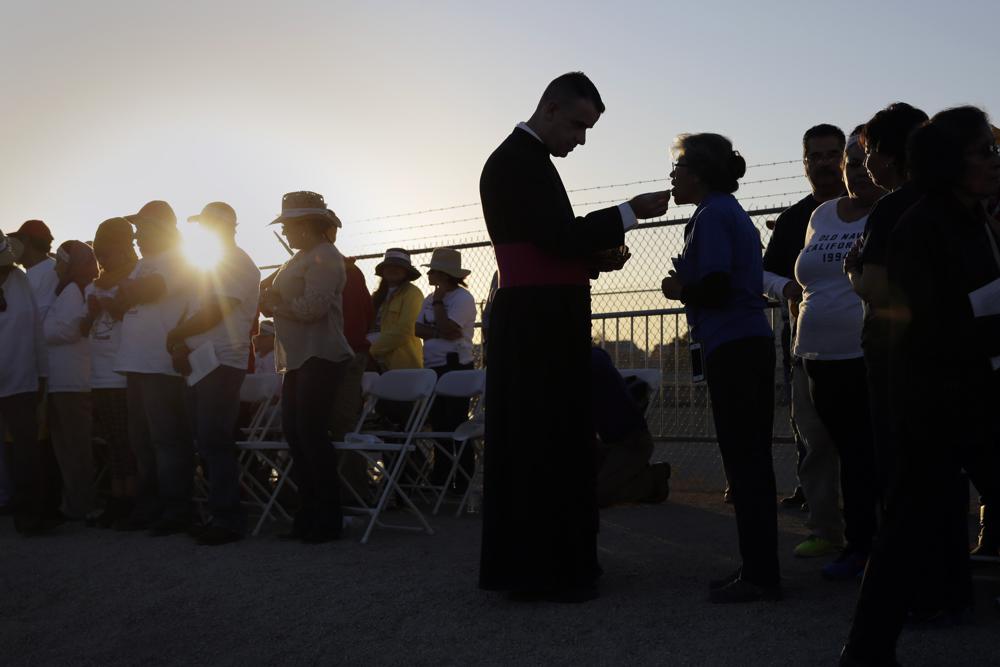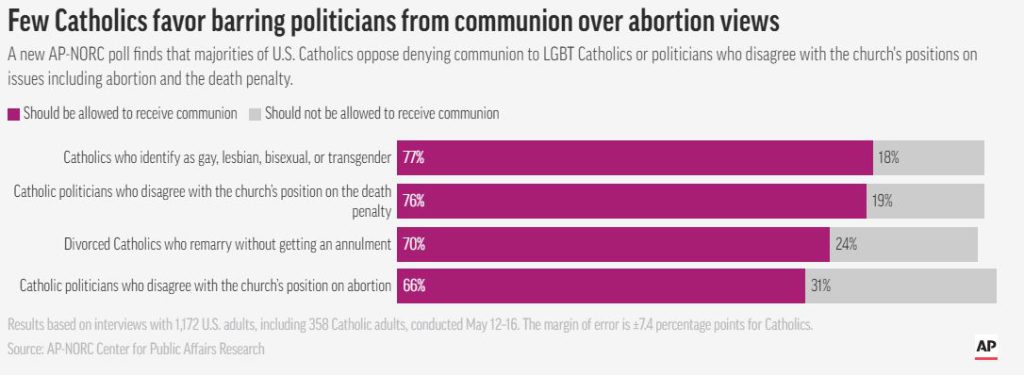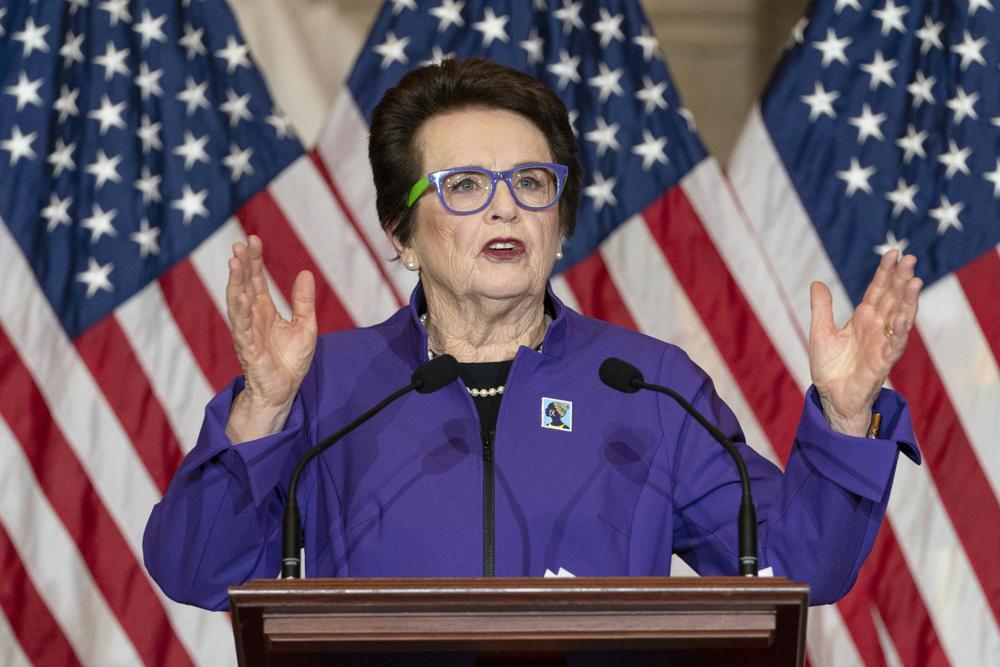
By Nomaan Merchant and Hannah Fingerhut | The Associated Press
May 24, 2022
WASHINGTON (AP) — Americans are becoming less supportive of punishing Russia for launching its invasion of Ukraine if it comes at the expense of the U.S. economy, a sign of rising anxiety over inflation and other challenges, according to a new poll.
While broad support for U.S. sanctions has not faltered, the balance of opinion on prioritizing sanctions over the economy has shifted, according to the poll from The Associated Press-NORC Center for Public Affairs Research. Now 45% of U.S. adults say the nation’s bigger priority should be sanctioning Russia as effectively as possible, while slightly more — 51% — say it should be limiting damage to the U.S. economy.
In April, those figures were exactly reversed. In March, shortly after Russia attacked Ukraine, a clear majority — 55% — said the bigger priority should be sanctioning Russia as effectively as possible.
The shifts in opinion reflect how rising prices are biting into American households — surging costs for gas, groceries, and other commodities have strained budgets for millions of people — and perhaps limiting their willingness to support Ukraine financially. That may be a troubling sign for President Joe Biden, who on Saturday approved an additional $40 billion in funding to help Ukraine including both weapons and financial assistance. The poll shows low faith in him to handle the situation, and an overall approval rating that hit the lowest point of his presidency.
“We’re killing ourselves,” said Jeanette Ellis-Carter, a retired accountant who lives with her husband in Cincinnati, Ohio. “We can help other people, but in helping other people, we have to know how to help ourselves. And we’re not doing that.”
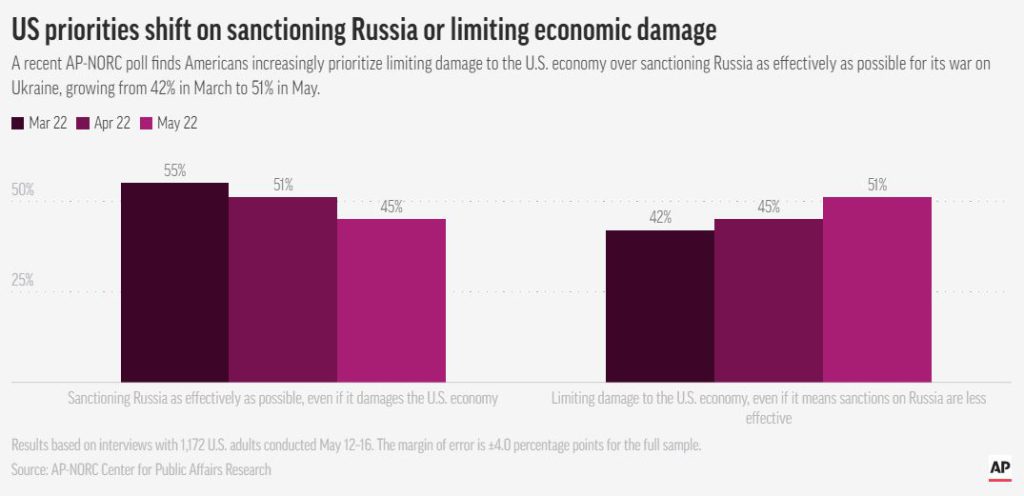
Ellis-Carter, 70, noted that annual inflation topping 8% would erase any cost-of-living adjustment for retirees, especially with the rising costs of health care and food. She continues to do accounting work but has lost small-business clients who no longer can afford to hire her.
The poll shows wide majorities of U.S. adults continue to favor imposing sanctions on Russia, banning oil imported from Russia and providing weapons to Ukraine. And most U.S. adults continue to say the U.S. should have a role in the war between Russia and Ukraine: 32% say the U.S. should have a major role in the conflict, while 49% say it should have a minor role.
But there’s muted support for sending funds directly to Ukraine. Forty-four percent of Americans say they favor sending funds, while 32% are opposed and 23% are neither in favor nor opposed.
The new poll shows just 21% of Americans say they have “a great deal of confidence” in Biden’s ability to handle the situation in Ukraine; 39% say they have some confidence and 39% say they have hardly any.
“Sometimes we get involved in things that we really shouldn’t, and it’s going to make things worse,” said Angelica Christensen, a 33-year-old from Ithaca, New York. “We need to focus right now on building up our economy.”
The U.S. and European allies have imposed several rounds of sanctions on Russia, cutting off major banks from global transactions and going directly after Russian President Vladimir Putin, top leaders, and their families. The U.S. also banned the importation of Russian oil.
While Russian oil makes up a small part of America’s total energy imports, the ban comes as gas prices have surged in recent months, hitting $4.71 per gallon, or $1.61 higher than a year ago. Supply chain problems and increased economic demand as COVID-19 restrictions ease have contributed to rising prices. Biden and many Democrats have accused gas companies of price gouging, while Republicans say the White House should support increased domestic oil and natural gas drilling.
Overall, 45% of Americans approve of Biden’s handling of the U.S. relationship with Russia, while 54% disapprove. That’s held steady each month since the conflict began. Seventy-three percent of Democrats and 15% of Republicans approve.
Shantha Bunyan, a 43-year-old from Loveland, Colorado, said she still supports Biden and believes he’s performed better than former President Donald Trump. She’s heard jokes that the most expensive place to visit in town is the local gas station. But Bunyan, who spent years traveling abroad before the pandemic began and lived for a month in Moscow, said she believes the U.S. has to continue to sacrifice to support Ukraine’s resistance.
“We seem to think that everything that goes on in the world isn’t going to affect us and that we live in some sort of a bubble,” she said. “It seems to me that anything that happens in the rest of the world is going to affect us. Unless we do something proactive, our economy is going to be affected anyway.”
But Jackie Perry, a 62-year-old from Centre, Alabama, said while she sympathized with Ukrainians and believes Russia was unjustified in launching its invasion, the White House needed to focus more on the economy. She has had to cut back on driving because gas is too expensive.
“They don’t have to worry about the price of gas,” she said about the Biden administration. “If they were more interested in the people that they’re supposed to be serving, our gas wouldn’t be that high.”


